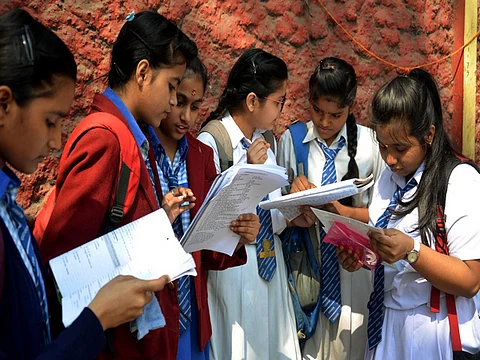

In a move aimed at bringing greater consistency to skill-based education, the West Bengal Council of Higher Secondary Education (WBCHSE) has revised the assessment structure for all vocational subjects taught in Classes XI and XII. The updated framework introduces a standardised 100-mark system with equal emphasis on theory and practicals — a change that is set to impact vocational students across the state.
As reported by Jagran Josh, the council has opted for a 50-50 weightage model in each vocational subject. Of the 100 marks assigned to each subject, 50 will be reserved for theory and the remaining 50 for practicals. This is a significant shift from the earlier pattern, which, as implied, lacked uniformity and often leaned more towards practicals.
The vocational curriculum will now be split into four semesters — two per academic year. In Class XI, students will face theory exams at the end of both Semester I and II, with each carrying 25 marks. A consolidated practical exam will take place at the close of Semester II, contributing the full 50 practical marks. The same structure will be mirrored in Class XII, where Semesters III and IV each carry 25 theory marks, with a final practical assessment concluding Semester IV.
This semester-based distribution is meant to ensure periodic evaluation while also encouraging balanced academic growth. According to Jagran Josh, the council hopes that equalising the focus on theoretical concepts and practical application will elevate the standard of vocational learning, making it both academically sound and industry-relevant.
The revised scheme applies to the entire range of vocational courses currently offered by WBCHSE. These include streams as diverse as Information Technology & Information Technology Enabled Services (IT and ITeS), Healthcare, Retail, Automobile, Banking & Financial Services, Security, Construction, Tourism & Hospitality, Plumbing, Electronics, Telecom, Apparel, Beauty & Wellness, and Food Processing.
Introduced back in 2013 with just four subjects, the vocational education landscape in West Bengal has steadily expanded to address the growing demand for job-ready skills.
However, one major concern remains unaddressed. Despite the equal marks distribution now being formalised, vocational subjects are still excluded from the ‘Best of Five’ calculation. This scoring method, commonly used to determine a student’s aggregate percentage, leaves out vocational subjects, which means students from these streams might still find themselves at a disadvantage when overall academic performance is computed.
Another pending aspect is the release of the updated syllabus and textbooks aligned with the new marks structure.
While the council's move is seen as progressive in its intent and design, its impact on college admissions, inter-stream mobility, and student morale will likely depend on how soon these remaining gaps — such as inclusion in aggregate scores and syllabus finalisation — are addressed.
